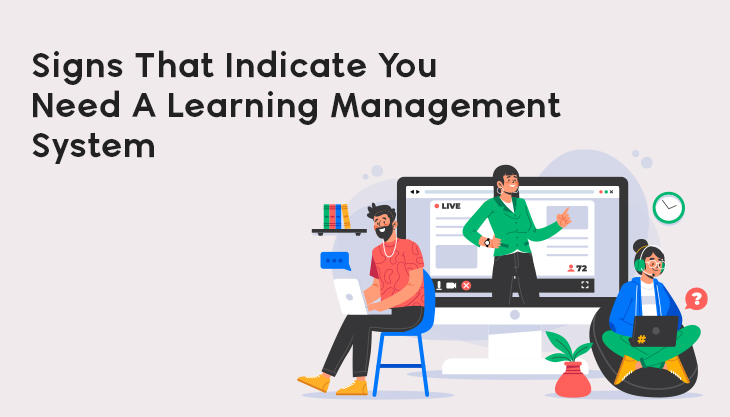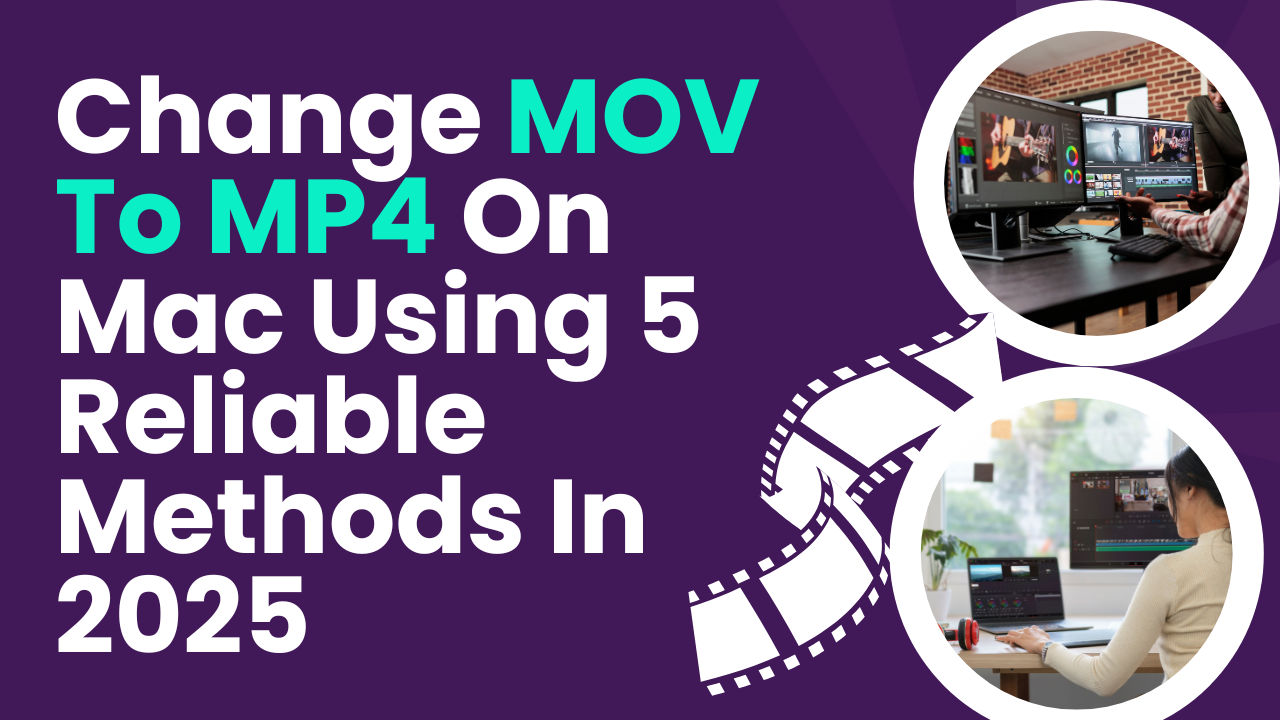Employee training is a hard task because it needs a lot of time, effort, and money. First, you need to find out the need for training, skill gaps and do a hell of a lot of research to see which training plan suits them best. The entire setup of onsite training is a daunting task because you need to set a lot of things right.
With the advancements in technology, online training took the center stage because it is flexible, affordable, and takes less time to manage as well. If you think of online training, the first thing that comes to your mind would be a learning management system which is a tool that is highly used for training. It helps to create, deliver and manage training effectively. You may have five reasons why you don’t want to opt for an LMS but there may be a hundred reasons why you should opt for it. To find out whether you really need an LMS, watch out for these signs in your organization.
1. Your course is disorganized:
Your training content like videos and presentations that are sent without any proper plan, the training seminars take place with errors like compliance violation or a cyber security breach and loads of online content that’s not in a specific order, etc. Amidst all this chaos, it’s hard for the tutor to deliver the lecture and the learners to understand it. In such cases, LMS Like SAP Litmos provides a structure to the course and keeps it organized.
2. Employee engagement is low:
If the training content is plain without many interactive elements, your employees disengage with it. It’s high time you address this issue and make the content more exciting and interesting. With gamification features like leaderboards, rewards, points, etc, your employees can compete with themselves to their peers to rank higher at the points table. Gamification can make the entire learning process fun and engage and draw the attention of the learner.
Along with gamification, an LMS helps to increase interactivity through branching scenarios and simulations. There are different learning types like blended learning and asynchronous instructor-led which gives flexible options to the learners
3. You couldn’t track the progress:
With formal training, there are not enough parameters to track the progress of your learners. But with LMS in place, you can access a number of assessment and reporting tools. Quizzes, games, and branching scenarios help to test the knowledge of the learner. You can track attendance and course completion rates through reporting tools. All in all, an LMS is an excellent tool to track and monitor the progress of learners.
4. Your training costs are over the roof:
Traditional classroom training needs physical space and expenses related to accommodation and travel. It also requires everyone to be present at the same time and listen to lectures for long hours. But, with an LMS, you can cut down lots of costs related to travel and accommodation, etc. With flexible learning options, your employees can learn from anywhere and anytime. An LMS basically offers a free trial and their subscription prices are also very affordable.
5. You need to train a remote workforce:
If your workforce is scattered all over or you don’t afford enough physical space or other equipment, then remote training could be the best option. For that, you need sophisticated tools like LMS in place. With an LMS, the training course can be available to everyone and can access the content on mobile too. Mobile-friendly LMS can help the training content to be accessed through mobiles which is a much feasible and flexible option.
Conclusion:
To wrap up, a learning management system can address a number of issues. It can help you with employee engagement, engaging content, flexible learning and tracking the progress, etc. LMS subscription models are also very affordable and most of the vendors have free trials to let you know how the tool works.

















Post Comments